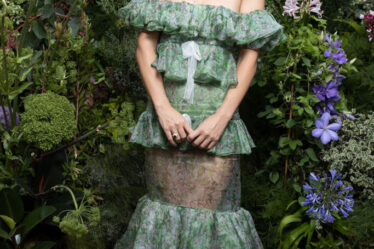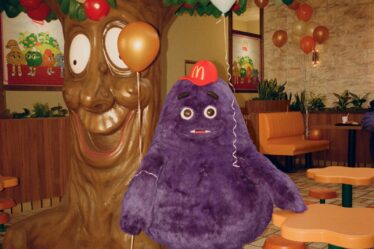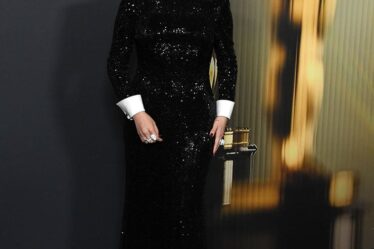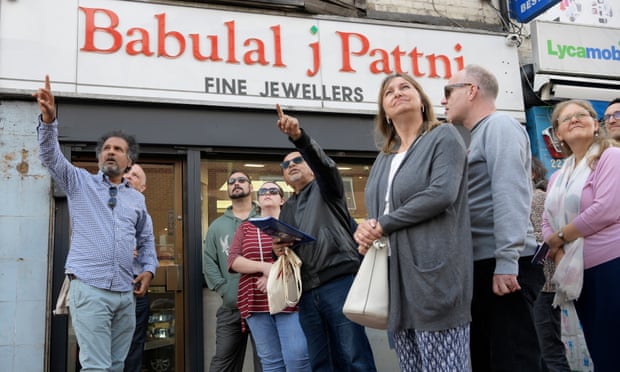
It’s a sunny Sunday afternoon and I am in Bury Park, the predominantly Asian district of Luton. I grew up here and often return to see my family, so there is nothing surprising about my being in Bury Park, but what makes this particular Sunday unusual is that I am not with my family or friends but with 20 strangers who have signed up to walk with me through my home town.
The walk is part of Heritage Open Days, supported by the local council, and the broad aim is to share the history of Bury Park with the wider community. I was asked to lead the walk, which begins outside the central mosque, because I had written a memoir of growing up in Luton – called Greetings from Bury Park – which had later been adapted into the feature film Blinded By the Light.
The last time I had visited the mosque was four years ago when I had taken Gurinder Chadha, the director of the film, on a tour of Luton as she scouted filming locations. I remember saying to Chadha that my dream was that I would do for Bury Park what Richard Curtis had done for Notting Hill. It was a joke, of course. Notting Hill is one of the richest and most desirable places in the world while Bury Park isn’t even the richest and most desirable part of Luton. I remember us both laughing at how unlikely the prospect was of outsiders – a polite way of saying white people – choosing to visit Bury Park. It was unlikely, but it happened. The first walk is soon fully booked and there is already talk of repeating it.
The group is, save for one person, entirely white. They are local to Luton but Bury Park remains largely unfamiliar. I start with a few memories – of growing up on a terraced street minutes away from the mosque and of attending Eid prayers with my late father. I tell them about the protests from the far right when the mosque opened, and my shock when racists stuck a pig’s head on the minaret – an event that I included in the screenplay for the film. We walk into the prayer hall and the group look around; for many, it was the first time they had stepped inside a mosque. “I can feel the spirituality,” says one man. “It feels a little like being in a church.”
We walk along Dunstable Road, the main thoroughfare of Bury Park. I point out the jewellers my late father would visit to buy single gold bangles for my mother – it too was featured in the film.
Luton Town’s football ground sits nearby and I am asked if I attended any matches. I explain how, during the 80s, I did not dare venture into Bury Park on Saturday afternoons for fear of the football fans who would abuse and attack any Asian shops and people they encountered. The area continues to attract the far right – both the EDL and Britain First have marched through the town in the hope of exploiting its reputation as a hotbed for Islamist extremism. In fact, as a stroll through the district shows, Bury Park is mostly a hotbed for shopping and eating. We stop at an Asian sweet shop for pakoras.
It is telling that, during the time I have spent with the group, I don’t think I have seen a single other white person on the streets. I ask the group why more white people don’t come to Bury Park. The traffic is cited as an explanation by more than one person. One woman recalls that, when she was looking to buy a house, the estate agent told her to not bother looking in Bury Park, implying that as a white person she would not be welcome. “For a lot of people in Luton, Bury Park is an alien world,” another man says. “People feel it has nothing to do with them.”
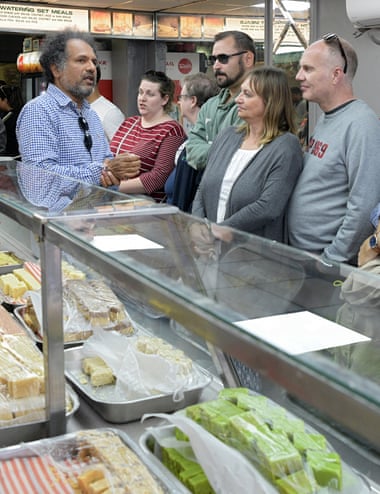
We carry on walking, more stories and memories tumble out, and I find myself getting unexpectedly emotional as old ghosts are summoned. I see me as a little boy walking alone to school and coming face to face with a white man, or perhaps it was just an older boy, who chose to spit in my face as he walked past. I see me as a teenager, wishing I could buy brand-new clothes, but forced to buy them from the salvage store, now long gone. I see my late father warning me to stay away from white people because they have different values and an alien culture to us. I remember feeling no one would want to hear my voice. I am reminded that you can dream of escaping your home town but its streets and traumas never fully leave you.
The walk ends and a woman asks how I would tackle the mistrust between Muslims and non-Muslims. I tell her that empathy can help build a bridge towards better understanding. A cultural tour of Luton sounded like a joke four years ago, but today I am not so sure. A stroll through Bury Park might not be the complete solution towards better relations between Muslims and non-Muslims – but it is a first step.

